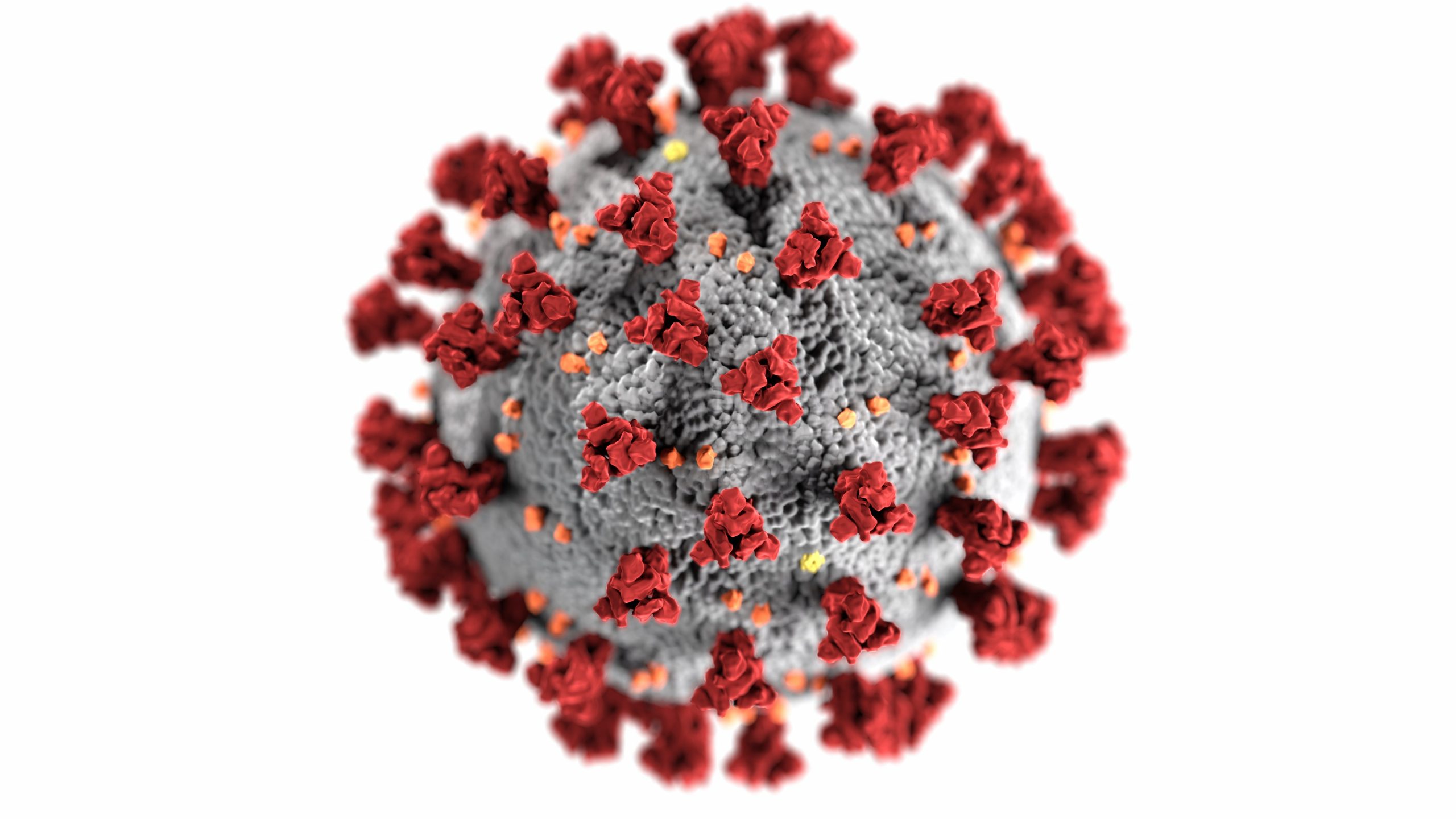Study untangles relationship between vaccination status and infection risk.
New findings from a Canada-wide collaboration that includes CanPath (the Canadian Partnership for Tomorrow’s Health) show that more than three quarters of people in Canada now have immunity to the virus that causes COVID-19 through prior infection.
The study, published in the Canadian Medical Association Journal (CMAJ) by the COVID-19 Immunity Task Force (CITF), is the first peer-reviewed publication showcasing pan-Canadian estimates of seroprevalence, which refers to how many people have developed antibodies in response to infection or vaccination.
“We aimed to untangle the relationship between vaccination status – including the number of doses, brands, and time between doses – and infection risk while accounting for prior infection, adherence to recommendations from public health officials and other factors which impact immunity such as age,” says Dr. Kimberly Skead, National Scientific Coordinator for CanPath.
CanPath, which is hosted by OICR, is the country’s largest population health study. In 2020, CanPath and partners across the country were tasked by CITF and the Public Health Agency of Canada (PHAC) to develop and support a national COVID-19 serological surveillance study.
CanPath has since collected COVID-19 data from over 100,000 Canadians at three different time points up until March 2023.
“CanPath’s extensive participant base has been instrumental in enabling us to find these differences in exposure and immunity across Canada,” says Dr. Philip Awadalla, National Scientific Director for CanPath, Professor of Molecular Genetics at the University of Toronto and Director of Computational Biology at OICR. “The results from our studies, combined with the wealth of data and ongoing research from our collaborators, can contribute to different vaccine responses as the pandemic progresses.”
Using aggregate data from various collaborating pan-Canadian teams, the CITF estimated infection- and vaccine-related seroprevalence trends. In the pre-vaccination and vaccine roll-out phases, few people showed SARS-CoV-2 infection in their blood – 0.3 per cent and nine per cent respectively.
But in mid-June 2022, infection rates increased to 47 per cent. Then they increased to 75 per cent by March 2023. Infection appears to be slowing, though it continues to rise amongst older adults.
Researchers say that certain measures can be taken to ensure that our ongoing narrative remains one of resilience, adaptability, and safeguarding our collective well-being.
“Given the lingering risks of post-COVID conditions and the vulnerability of certain individuals to severe outcomes, a proactive approach is essential,” says Dr. Victoria Kirsh, Scientific Associate at the Ontario Health Study, Assistant Professor at the Dalla Lana School of Public Health. “To safeguard against future variants, it’s important to continue monitoring COVID-19’s spread and roll out booster campaigns ahead of upcoming waves.”
This was adapted from an article by CanPath (the Canadian Partnership for Tomorrow’s Health).

